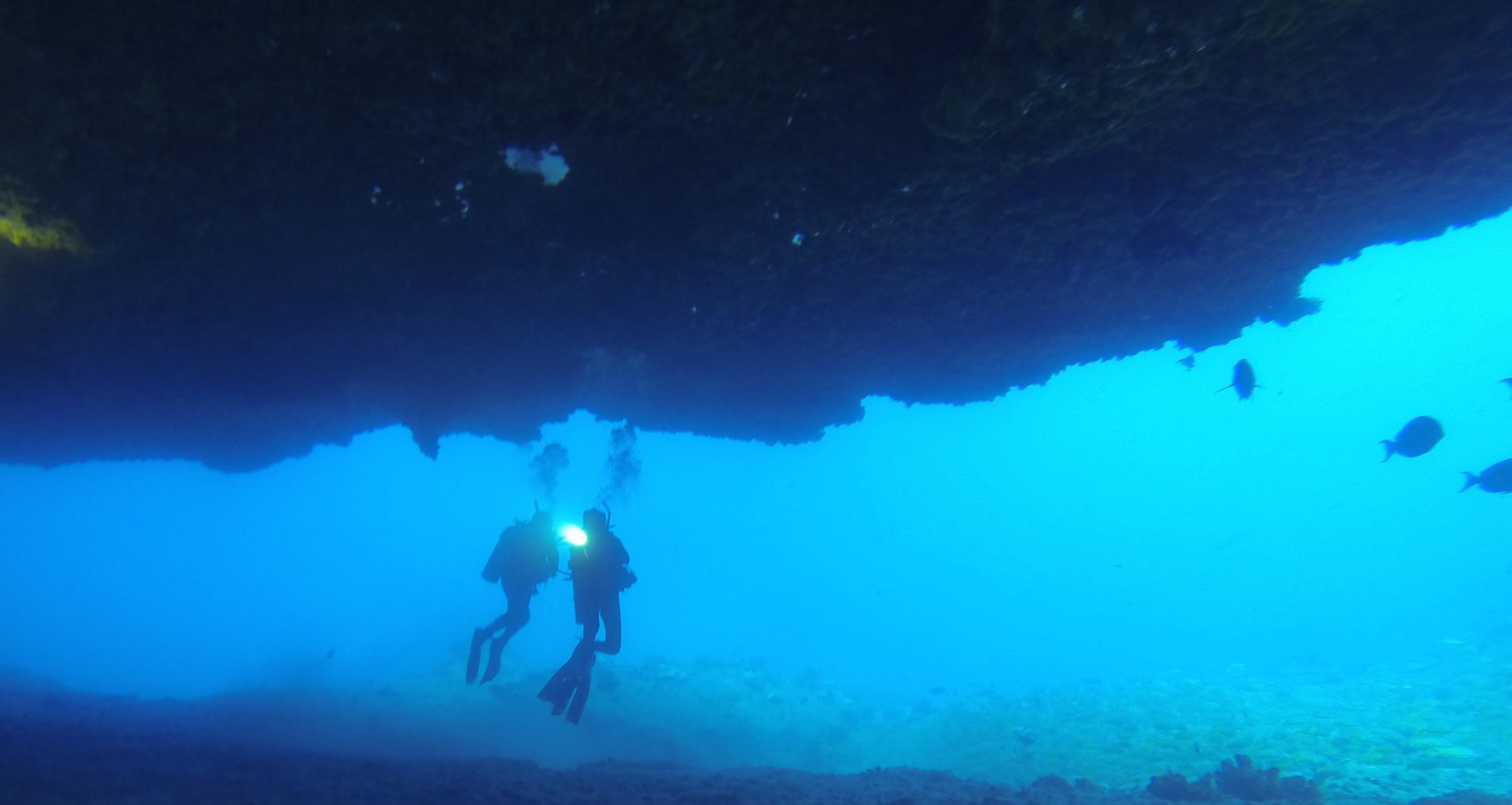My experience as a professional scuba tour guide on Kauai has been that people are most interested in seeing the colorful tropical fish that are found here. It’s common to come in from a dive and have someone ask a question like “What was that blue one with the yellow tail?” There have only been a couple times that I’ve had a client ask about coral. I’ve always assumed that’s because we can’t normally observe coral ‘behaviors’ like we can with fish.

That is easy enough to understand. After all, I’ve never had a coral try to chase me away from its egg deposit like a Hawaiian Sergeant will do.
Maybe more people would be interested in coral if they knew how amazing they really are. So, here is some cool stuff about corals.
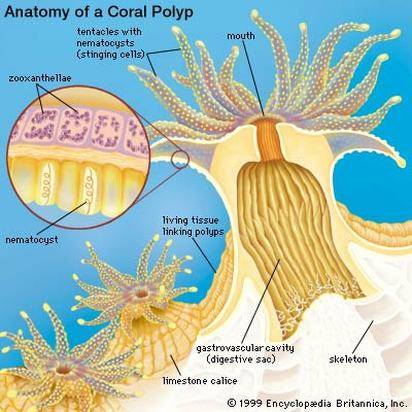
Coral is a fleshy animal that creates a stone ‘skeleton’. With most corals some of its food comes from single cell algae that lives in its cells. As Douglas Fenner says in his book Corals of Hawaii, this means that we can say coral is animal, vegetable and mineral. What other living organism is this true for?
When you see a head of coral, what you are actually looking at is hundreds to millions of individuals. Each of the individuals that makes up a particular head is known as a ‘polyp’. Because a head of coral is made up of many individuals, I think of coral heads as being like cities – some small and others larger.
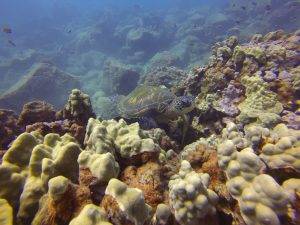
In the picture shown here, some of the Mound Corals can be thought of as being like Los Angeles or Chicago (without all the murder) while others would be more like Springfield or Grand Rapids.
An individual coral colony starts out as the result of spawning. Many corals release sperm and eggs into the water on a schedule that is known to marine biologists and frequently occurs in relation to a full moon. This means you can plan carefully and then witness, firsthand, this event. Once a colony is established, it will grow by a process of division which means that a given head of coral is a collection of genetically identical polyps. When a polyp divides, the new polyp will secrete limestone to create its skeleton. This process grows the substrate of a coral colony making the size of the coral head larger. This growth can add up to about a quarter inch per year. There is a particular Mound Coral at Koloa Landing that is roughly 15 feet in diameter which makes it thousands of years old. In other words, that particular head of coral is one of the oldest living animals on the planet.
The largest coral heads I see while scuba diving in Hawaii are Mound Corals. The polyps that make up this type of coral are about one sixteenth of an inch in diameter – slightly narrower than the lead of a standard pencil.
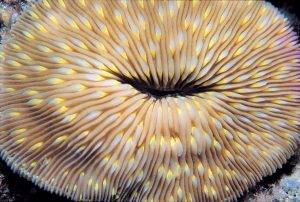
The largest coral polyp in the world is Mushroom Coral which grows up to about 12 inches in diameter! To continue the cities comparison, a normal coral head is Tokyo and a Mushroom Coral is Godzilla.
These are just a few of the things I think are interesting about coral. If you like this then book a scuba dive tour with us today and I will share more with you. Even better, I will take you on an underwater adventure to explore the reefs of Kauai where you can see many different corals as well as all the beautiful tropical fish we have here.
